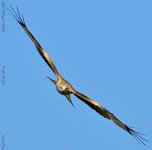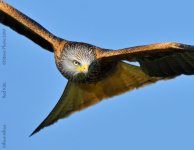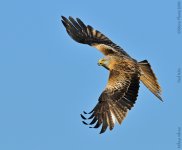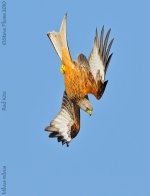Hi Neil,
People say that the D300 is way better than the 7D for BiF so you should be all set!
My autofocus settings (basically copied from
http://www.naturescapes.net/phpBB3/viewtopic.php?f=1&t=159654&start=0&hilit=D300+flight+settings)
Continuous focus mode, using AF-ON button for focus
Set AF-C priority selection to Release
Set Dynamic AF area to 9 (21 on D3S)
Set Focus Tracking with Lock on to normal, short, or off (depending on subject and background)
Set AF point selection to 51
Set AF pt in viewfinder to ON
Set Built-in AF assist illuminator to off.
Finally, make sure to select the middle position on the AF sensor switch on the back of the camera.
Personally don't like to use Auto-ISO, since too much noise in D300 beyond about ISO 400 which I have to deal with in Photoshop; I try to use manual metering for BiF; it you use aperture-priority you need to make sure you've got your exposure compensation sorted otherwise you'll most likely end up with light backgrounds and dark birds if you're shooting against sky as a background!
If you're shooting fast-flying birds (e.g. Hobbies and Ducks can be a nightmare!) you need as high a shutter speed as you can manage, and as low an f-number as you can get away with.
Cheers,
D







